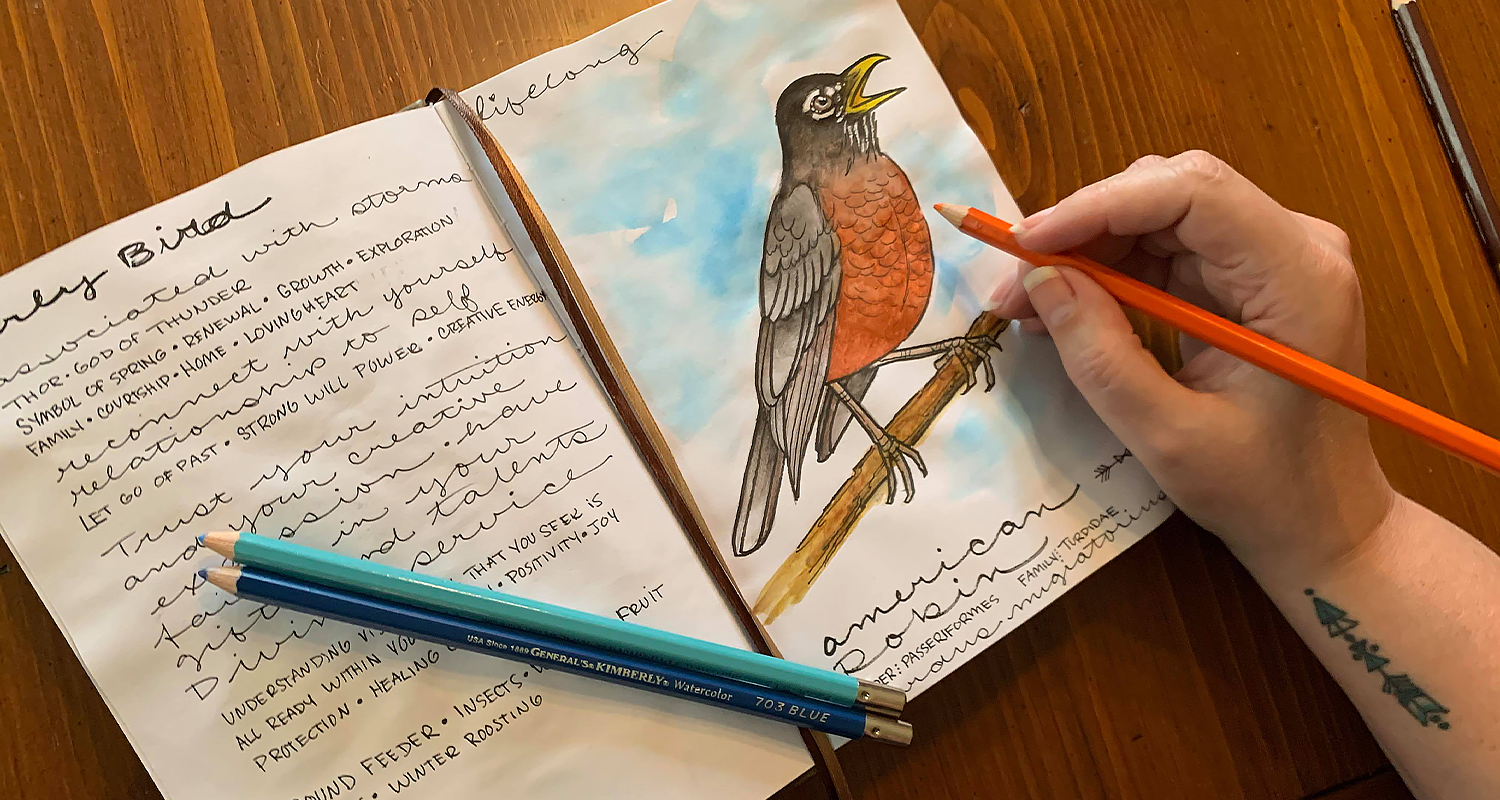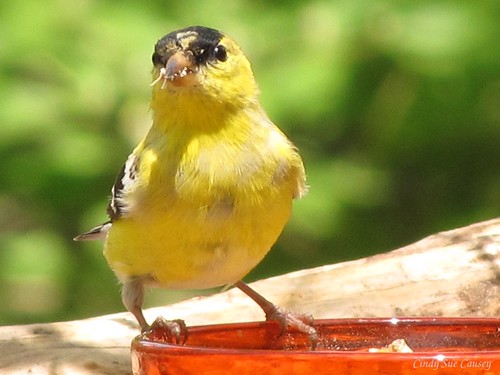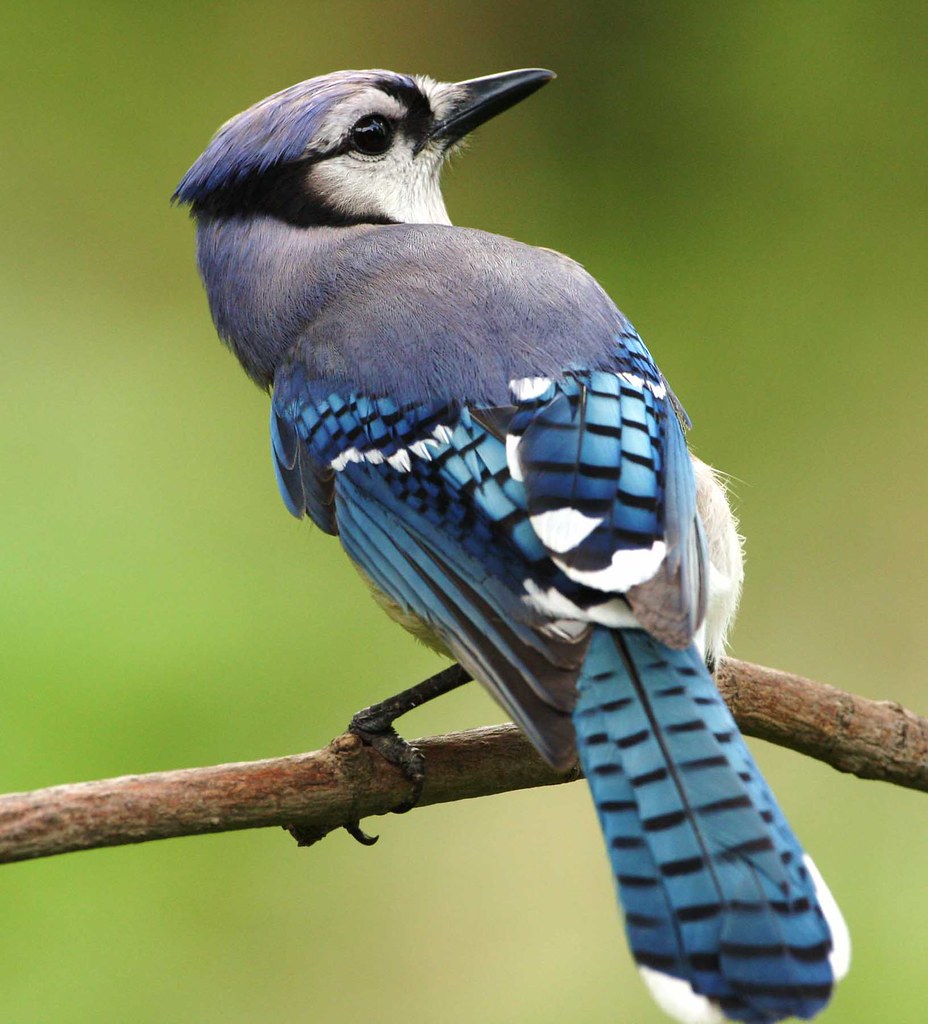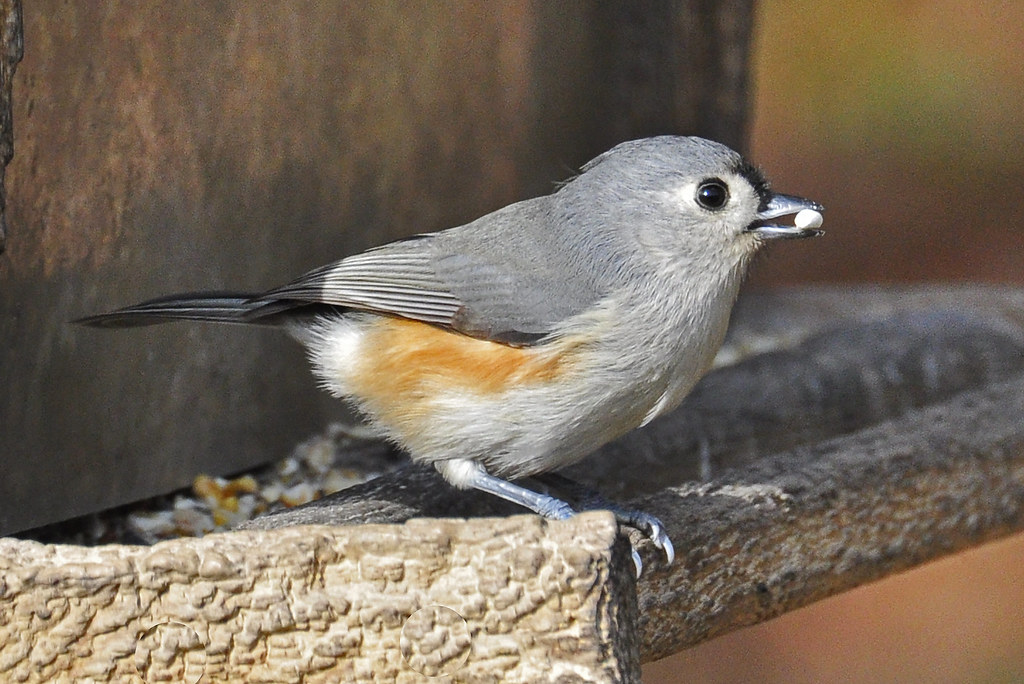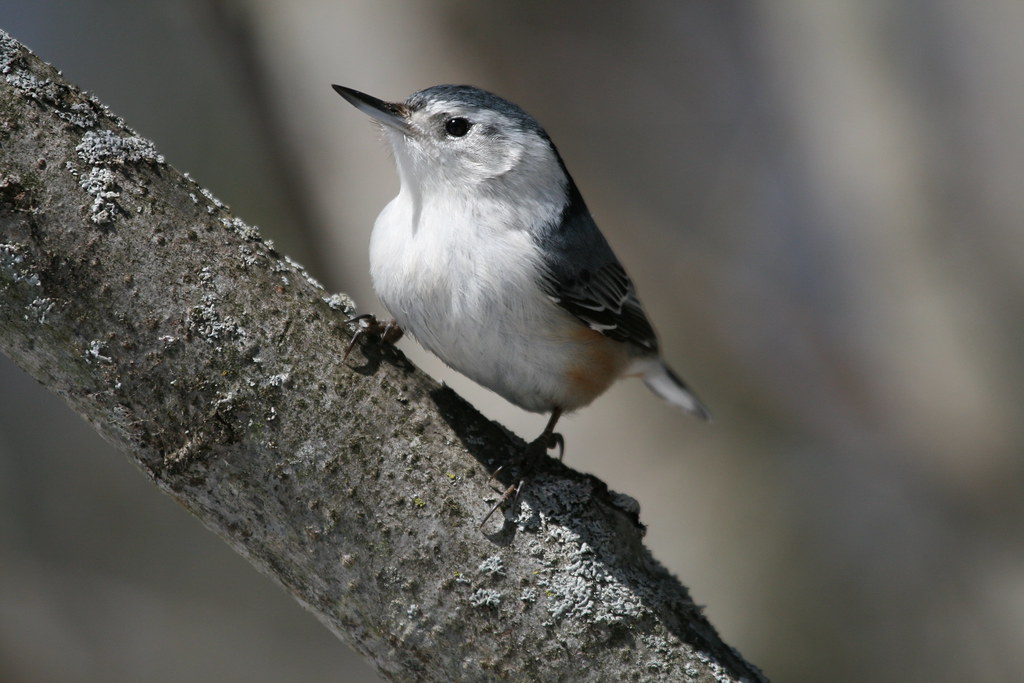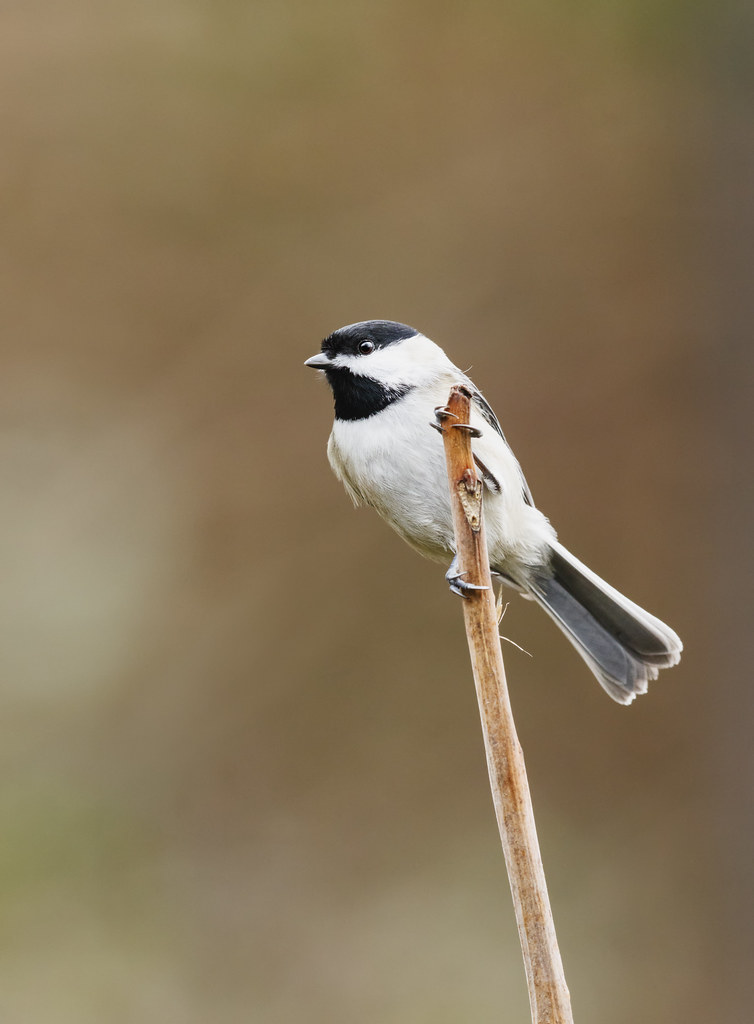Originally published July 16, 2021
Spring is in full-swing here in the Northern Panhandle, which means that wildlife are filling our trees, backyards, feeders, parks, and more. Throughout the pandemic, a lot of people have taken time to slow down and appreciate what is going on around them. One of the things I took time to pay attention to more are the local birds we have here regionally and within our beautiful state.
West Virginia is home to more than 366 different species of birds, but the Northern Cardinal is one of the varieties you’ll be most likely to see while birdwatching. The Northern Cardinal, which also happens to be our state bird, can actually be seen year-around and has a very distinctive color and song.
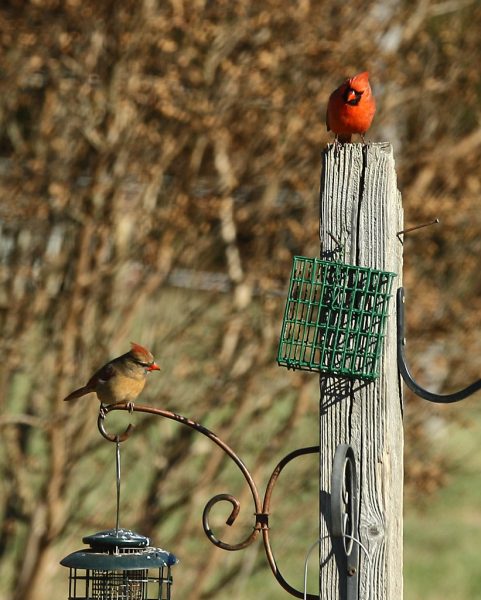
I was curious about other birds that are common in our area, so to learn more, I reached out to Molly Check, Director of Oglebay Institute’s Schrader Environmental Education Center. She provided some insider tips and tricks for anyone who might be interested in picking up birding as a summer hobby.
Q&A with a Local Bird Expert
What are the most common birds in the Wheeling area?
Most of our common feeder birds reside here year round, and tend to be more recognizable to the general public. These include the northern cardinal, blue jay, tufted titmouse, white-breasted nuthatch, Carolina chickadee, and American goldfinch, as well as seven species of woodpeckers. During spring and fall migration, we have many more species that move through and/or breed in our area.
When is the best time to watch for birds?
April and May are the best months for birding, as hundreds of species are migrating from southern areas (some are coming all the way from South America). Although some species will stop here to raise their young over the summer months, many others will continue their migration to points north, so spring is really the best time to see the highest diversity since they’re traveling in such large numbers.
Where is the best place to watch for birds?
Since birds all have different habitats that they prefer, you can look for birds just about anywhere! In urban areas, you can find house sparrows, rock doves, and chimney swifts, with the possibility of hawks, falcons and eagles flying overhead. Wilder areas will attract a much greater variety, with many species nesting and feeding in large swaths of forest or along the edges of fields and waterways. The warblers, vireos, scarlet tanagers, and other neotropical migrants prefer these natural habitats, with some nesting at the tops of trees and others making their home right on the forest floor.
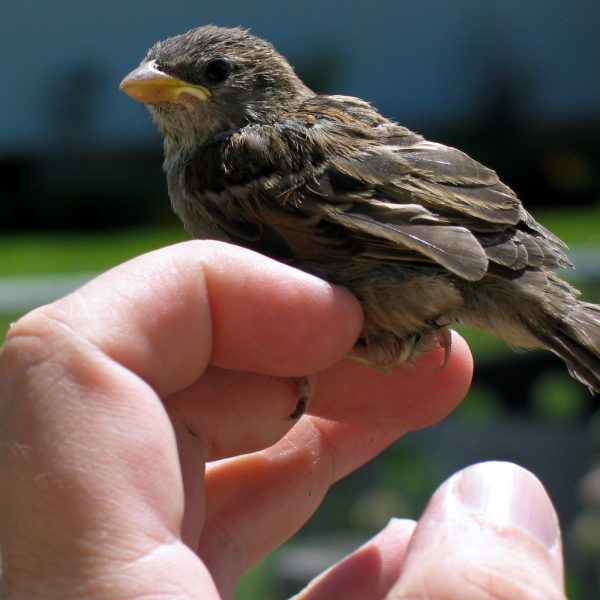
How can someone attract more birds to their backyard?
Birds aren’t much different than us in their basic needs – they’re looking for food, water, shelter, and space to breed. Hanging up a feeder is a great first step, as is providing a bird bath or a bird house. The next step could involve planting a variety of native plants in your yard; consider species that provide food (in form of berries and seeds) and shelter for birds throughout the entire growing season. Hummingbirds will be drawn to nectar feeders, but you’ll see them even more if you also provide brightly colored flowers. By planting native plants and removing any invasive species in your yard, you’re taking steps to create a wild habitat that will benefit birds and other wildlife!
What can we do to help local birds thrive?
Some of the biggest challenges facing birds include habitat loss, window strikes, cat predation and climate change. To help them survive the perils of migration and successfully fledge the next generation of birds, we can provide quality habitat in our yard, hang up decals to prevent window strikes, and keep cats inside or hang a bell on their collar. The National Audubon Society predicts that vulnerable bird species may lose more than half of their current range as they are forced to search for suitable habitat and climate conditions elsewhere, so providing adequate habitat and food sources all season long will go a long way to help struggling bird populations.
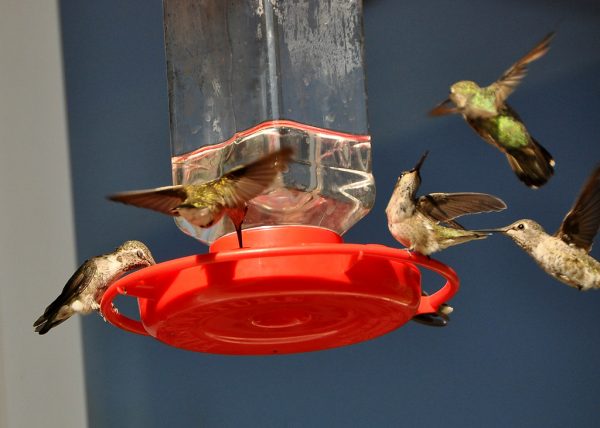
What is the best type of bird seed for backyard feeders?
In my personal experience, the best type of seed for the largest variety of birds is black oil sunflower. If you do buy a seed mix, make sure you’re paying for quality ingredients and not just a lot of “filler” seed. The birds will show you what they like by ignoring and/or tossing the low-quality seeds on the ground below the feeder.
If you are interested in learning more about birding, the Oglebay Institute’s Schrader Environmental Center is hosting an Earth Day Bird Walk on Friday, April 22, 2022 from 8 – 9 a.m. OI’s Naturalist will point out identifying field marks and sounds of the local birds that visit Ogelaby’s feeders and trails. You can learn more and sign up by visiting oionline.com.
Nature Meets Art
Molly provided many great suggestions from how we can help local birds thrive to when the best time to watch for birds will be! But there is someone else in the Wheeling area that I wanted to talk to about her birding experience.
Local artist, Mindi Yarbrough Langford, just recently started getting into birding and has mixed her art with her birding journal to document those she has encountered! She adds another layer to birding as she will sketch/paint each bird she sees that is not currently in her journal. The end results are stunning and are an amazing way to document your finds!
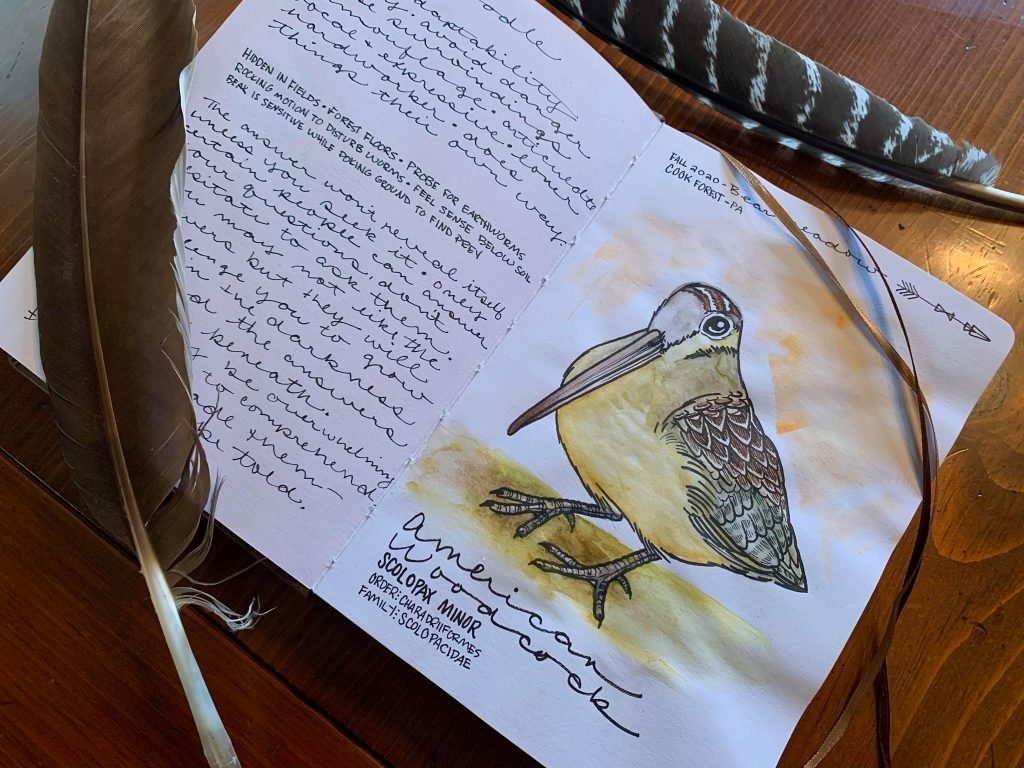
How did you get into birding and for how long?
Even as a young child, I have always been fascinated with birds. They are both my favorite subject matter to paint but also my favorite animals in nature (besides snakes). Around the age of 5-10 I had a killer calico cat that was quite a huntress. She was an outside cat and would bring all kinds of poor, unlucky animals home. I got quite a first hand look at birds and feathers cleaning up after her as you can imagine. That eventually earned me the nickname of “Morbid Mindi” as I had started collecting skulls and skeletons during that time. I even made a few necklaces of bird skulls which I guess was really odd for everyone else at school?
Birds have been revered across the world in many cultures as divine messengers. Many birds play a role in religions and myths and are associated with or are companions of many Gods and Goddesses. Perceptions of different bird species also vary from culture to culture and even person to person. Birds in myths and tales often symbolize the soul. Their ability to fly reflects the ability to rise above to a new awareness. They also reflect the link between the physical realm and the spiritual realm or the heavens. As spirit animals and totems, they each have their own unique characteristics and meanings. By observing a bird’s habitat, flight, coloring, diet, migration pattern and personality, we can gain insight into their messages and ties to ourselves and our lives. For me, birds help me understand things that are happening in my life. I like to believe divine consciousness inhabits everything and when you are aware of that anything can be your teacher (even birds). And that divine consciousness is the ground of all beings.
I didn’t start actually birding until 2019. That is when I met Tony Menart in Cook Forest, PA (my step dad’s brother) and saw my first lifer – the American Woodcock. Tony is ranked in the world’s top 10 birders for species seen and logged. He has seen almost 9,000 bird species! He inspired me to start birding and journaling. Since then I began drawing birds I have seen throughout my life, as well as logging new birds I discover.
What is your method for sketching/painting the birds you see and how long do you usually spend on the art in your journal?
I spend about an hour on my bird sketches. I am currently loving watercolor pencils and ink, but may change up materials in the future. I research each bird, both in their scientific and spiritual capacities. I record when and where I saw each bird, scientific names, some basic facts, as well as their message and meanings, and do a quick sketch to color.
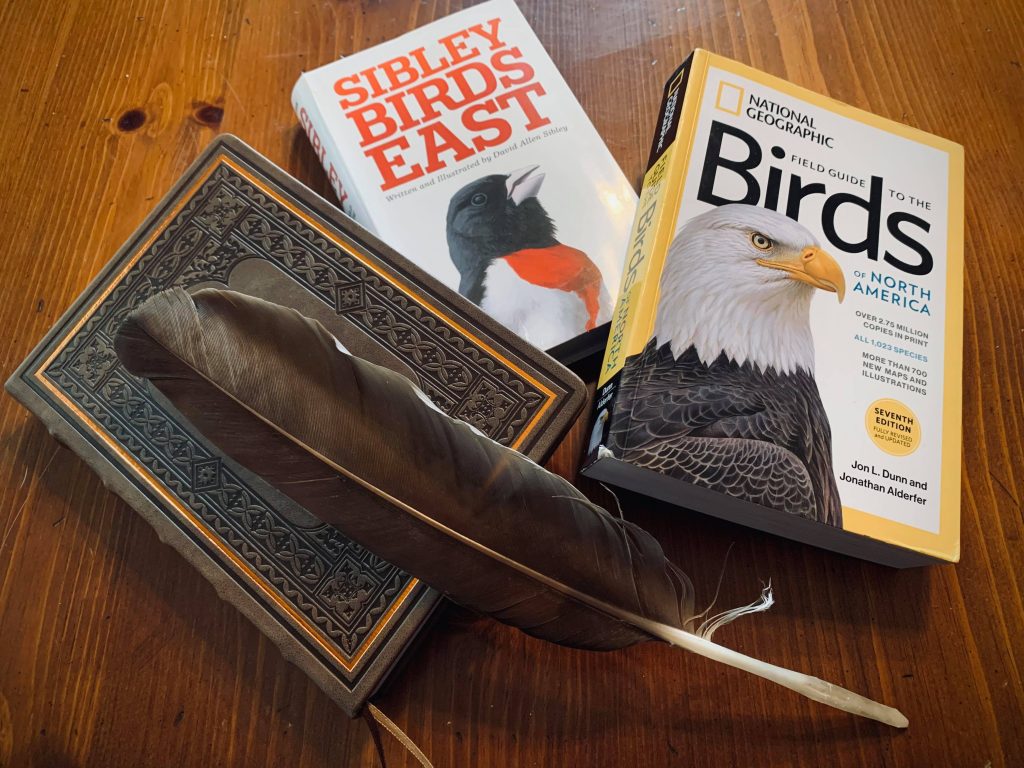
What is your favorite bird you’ve seen around the Ohio Valley and why?
There are so many! American robins are special to my heart and represent my dad and my childhood. Bald eagles fill me with a sense of freedom and hope for our rivers and our city making a comeback. I love seeing wild turkeys creeping around and am thankful for all my blessings. But I would say my most favorite birds to watch are the magical crows. I love witnessing the council of crows that gather in the trees at dusk in the thousands.
For many, birding can be such a relaxing and fun hobby. It’s the perfect opportunity to slow down from the busy world we live in and delve into nature that surrounds us. Birdwatching is also a very accessible recreational activity! Look for birds from the windows or back porch of your house, on a hike, in the park, and just about anywhere!
• Miranda Tharp grew up in Moundsville, WV, and has lived in Wheeling since attending college at West Liberty University. She graduated from college in 2016 and holds a Digital Media Design degree with a minor in Photography. She works full-time at Highmark as a production artist and does side work as a photographer. In her free time, she loves to rollerskate, tend to her plants, and hang out with her dog momo.


